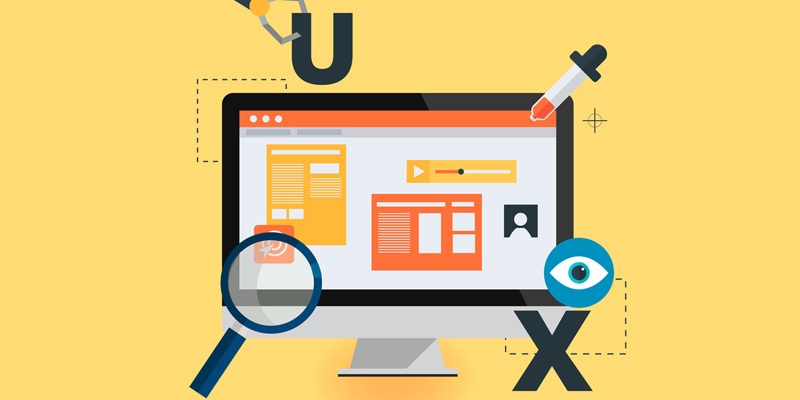Information technology is a lot of things: It is the backbone that keeps businesses functioning, the first line of defense for corporate networks and proprietary information, and of course, support for users. The way IT is viewed by the rest of the company, however, ultimately boils down to one thing: the experience of end-users and their experience using systems.
Add up all of the different functions that IT does, from managing Active Directory, imaging machines, monitoring servers, deploying applications, managing projects to fixing hardware. With all of these different functions, does it matter how well they
are being managed if end users are not able to use computer systems efficiently, effectively and joyfully? The answer, of course, is no. IT needs to change the way they are measuring success. Aside from technical considerations like uptime, and bandwidth,
IT should be measuring the experience of end-users, who are—all things considered—IT's customers.
So how can IT possibly measure the digital experience of its end users? In this blog, we'll take a look at a few of the techniques and tools used to do just that.
Measuring Device Utilization
Many enterprises still provide hardware to end-users for work use, and if not, then they are providing applications or OS virtualization to work with bring your own device policies. For this reason, it’s important to use platforms that measure OS
and application-related performance such as CPU/memory/disk utilization, application utilization, security, and network traffic.
A network or application monitoring tool, such as WhatsUp Gold, will be able to handle this. These tools largely work but looking at the performance of devices as well as the latency between devices in real-time. Additionally, you can use a log management
tool to capture this data and then send it to a central location for data warehousing. Then, analytics can be built around the data to provide insight into what is happening per machine but also through the enterprise.
End-User Feedback
One big problem with measuring end-user experience is the human element. If a device appears to be functioning perfectly, should we conclude that its end-user is happy? Not necessarily. Computers are complex. There are certain times when getting data from a computer issue is difficult if not impossible. For instance, let’s say an end-user is supposed to have a network drive mapped at logon, but it suddenly disappears. This may not be something that shows up in performance monitoring or a log. This is where end-user feedback is important.
End-user feedback can give a different perspective of end-user experience that IT may not be aware of, and it is very important to receive, which is why it's important to conduct regular surveys of your users to discover pain points that you may have
otherwise missed.
UX Scoring
Having the data from your log management tools and user surveys is nice, but how do you make sense of it? How do you sum it up into something succinct, digestible, and most of all actionable? How do you compare user experience across sessions?
This is typically where UX scoring comes into play. You can think of your UX score as the one metric to rule them all, or the bottom line number that tells you, in a nutshell, how you're doing with users. To determine how your UX scoring will work,
you need to consider a lot of factors, including performance metrics, error metrics, uptime metrics, and user feedback. This will take some trial and error, but once you have a system in place to determine UX scoring, you can begin to figure out a
baseline for user experience on your network and start working to improve it, just as you would any other critical IT metric.
The most sophisticated enterprises in terms of IT are looking at measuring digital experience because they realize that currently, it is the best way to understand how well computers are functioning and helping employees work. This is not the traditional IT way that IT manages their work, but ultimately it is the method that enterprises are going and will continue to go in order to understand how well IT is helping end-users.
